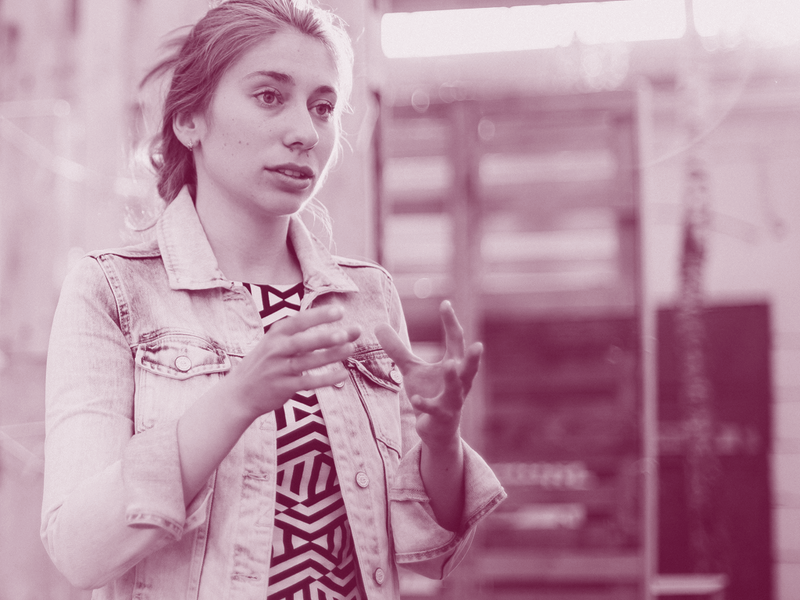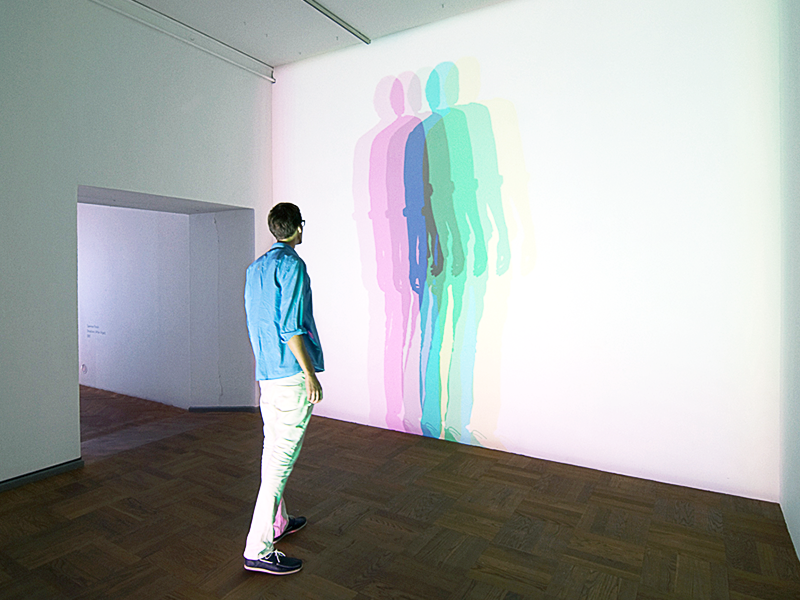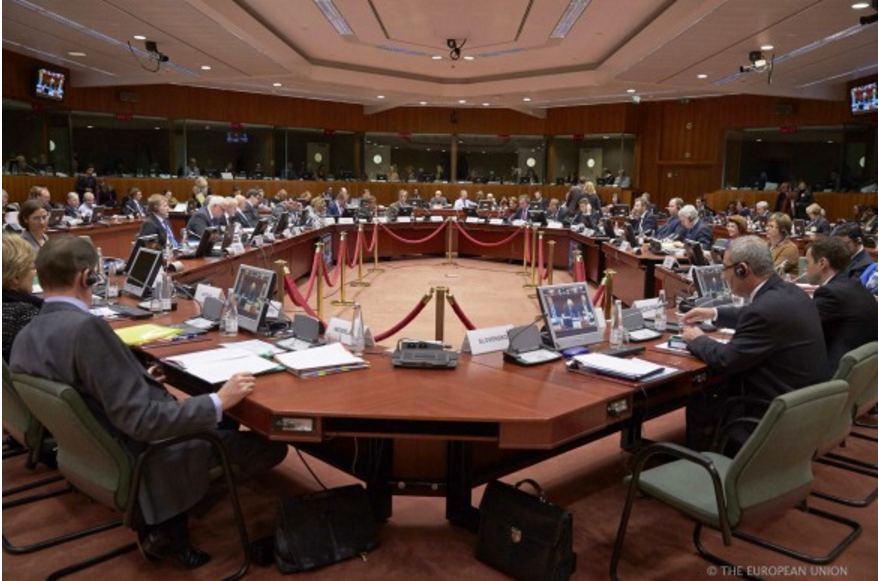
Margarita Lazarenkova: “Looking at culture through ‘economic glasses’, one can see amazing processes.”
The miracle of creative business
For me economics is rather a way of thinking than a science, it is a particular way of perceiving the world. Looking at culture through “economic glasses”, one can see amazing processes. First: you are looking at a small family business, promoted on Instagram, and you see the making of the creative value of products and services, which increases their added value. Second: you look at a design factory and you see the transformation of a low-cost unprofitable property into a highly profitable asset that creates new jobs. Third: you study how a creative approach helps to make use of available resources most effectively. As a consequence, we can talk about a working method for coming out of protracted crisis.
In Eastern Europe, the level of the population’s education is fairly high: in Belarus the number of students per 10,000 people is approximately equal to Japanese statistics. Quantity does not mean quality, but the fact that we have the necessary human capacity for the development of creative industries is indisputable.

Three steps towards a creative economy
In my view, we need to take several solid and confident steps toward reducing the “brain drain”. This issue is particularly acute in Eastern European countries.
1. Creating the necessary infrastructure for the development of creative industries. For example, subsidising creative entrepreneurships, grants for developing creative clusters, art incubators and smart areas. No matter what you call it, it is important to create favourable conditions for creative entrepreneurs inside the country.
2. Reducing the tax burden and bring legislation into line. Much is said and written about these measures, but we are still far from seeing them implemented in reality. Whether we like them or not, these measures remain the most effective way of attracting investment and hi-tech business into the country.
3. Ensuring open markets and mobility of citizens. Only under such conditions is the influx of new ideas and technologies into the country possible. Of course, the import of cultural content from the USA, UK and Western Europe overwhelms the young markets of Eastern Europe like a huge wave, but let “the culture of our local heroes” give us power to generate demand for the domestic products of the creative industries.

Creative business in Belarus
While we were students, my business partner and future husband Denis and I opened Yakor, the first designer gift shop in Belarus. Six months later, we had two competitors; another six months later we sold our business and used the money to open the BALKI Loft Project creative space. We invested little money, which paid off in the first month. Of course, from the start we created a so-called MVP (or minimum viable product) – a test product that we improved based on real feedback from the audience. People followed our improvements and changes with interest, we involved them in the story of the creation of the space. Gradually the audience became a community of people with similar views and interests. This is now our most important asset.
When BALKI opened, the IMAGURU business club and TSEKH space were operating in Minsk. Now there are a few more spaces and the Korpus8 creative hub is being born.
For the full-scale development of creative clusters in Belarus we lack developed social institutions. Primarily the institution of partnership. And I am not talking now about the partnership of culture, business and the state. We do not even have contact at the horizontal level among creative entrepreneurs and culture professionals. The creative industries market is small, but collaboration is rare. However, there are exceptions: my husband’s company provides digital marketing services for our former competitors for their online store. Why? Because when they came into existence we did not snatch each other’s clients; instead we got to know each other in a civilised manner, and later passed each other orders and became friends. It’s a win-win situation, right?

The experience of others
Loft spaces for work, inspiration and sharing experience are widely available in Europe and the USA but we, primarily, looked at Russia, where European ideas have been successfully adapted to our post-Soviet realities. The experience of Loft Project Etagi and Tkachi Space in St. Petersburg is priceless. Not to mention the Moscow-based Flacon Design Factory and Winzavod.
If we are to talk about BALKI in particular, our story is very similar to the opening of the Moscow-based Cowork Station coworking space: we rented a space for ourselves, and gradually the office became a space and our main business.
The Creative Industry Forum in Minsk in fall 2016
In November 2015 we presented our experience at the What’s Next creative industries forum in Vilnius. The event was attended by upwards of 15,000 people. And this was in tiny Vilnius, a city whose population is four times less than that of Minsk. Everything boiled up inside of me. And I agreed with the Lithuanian organisers that I would hold What’s Next in my hometown. After conducting a survey we were able to determine which spheres of the creative industries were the most interesting for Belarusians. These were advertising & marketing, design, architecture, fashion, game design. We will focus on these industries. I hope that through the conference creative entrepreneurs in Belarus will understand what collaboration is and that from competitors we will turn into partners.

4 rules for those who want to work in the sphere of creative business in former Soviet countries
-
Steal with pride, or Steal like an artist. I also borrowed this principle. But not from the book by Austin Kleon, but from the set of corporate values of one big international company where I once worked. To be inspired by other people’s ideas, to build on the experience of others, to build you own unique dream? Yes!
-
Collaborate with big business and the state. These are two legs which creative entrepreneurship can’t take a step without.
-
Be prepared to change the environment and generate demand. You are the first to wade through the snowdrifts of post-Soviet space. And no-one will clear the way for you.
-
Don’t start with the search for an investor. Start with what you have here and now. Form a team, go with it through thick and thin, achieve your first results, and when time comes to expand the business, the available background will help to attract the necessary investments quicker.
---
The BALKI Loft Project is a creative space in the centre of Minsk, which is both a co-working space for three small companies and a new place for leisure, work and cultural communication.




